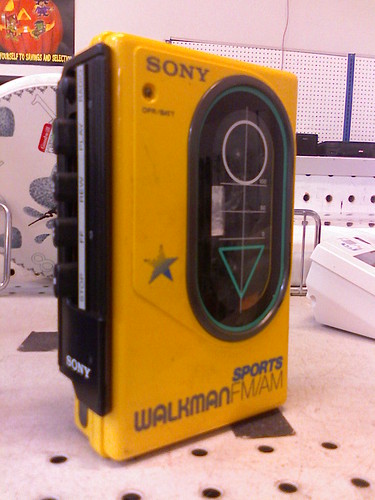Same to all!
ED is referring to a SBC (OMAP5EVM/IGEP5/BeagleBoard/Bone/RasPi/...) format
where you connect a keyboard and mouse through USB and a monitor through HDMI.
But a Pyra Phone could be interesting. And doable by reusing most components
(e.g. display+touch module, CPU board(s), connectors, software, but not the battery)
of the Pyra by designing a different main board.
What would be expectations for such a device?
I don't know... do you mean a phone without a physical keyboard? That'd be missing "that certain something" for me. I wouldn't want to carry a phone AND a Pyra either. What are you thinking in terms of how this phone would be used by users and developers? It seems to me that this hypothetical phone might be one of these things that are neat from a technical point of view, but otherwise out of place. Note: I actually need a new phone, I don't really want to carry a Pyra around at all times, but then again, the Pyra has exactly the things that I'm looking for in a phone (Internet access with physical keyboard and desktop software, privacy, isolated modem, long battery life and replaceable battery). It's just missing a flashlight. A camera with a physical cover would be nice for me, but I'll gladly trade it for the aforementioned features.
Anyway, I also have to note that I cannot imagine that graphical software that was developed for a "Pyra phone" would be a lot of fun to use on a Pyra in most cases, not all developers would have both devices. Maybe the better approach would be to develop official modular mods for the already existing Pyra (I don't know how feasible that would be, might be not the right approach, maybe for phone use the size of the Pyra is a dealbreaker for some after all). How about an external set of microphone and speaker, or an external E-Ink mod?
I'd also think that something similar could be a good approach for an SBC, that it's basically a set of mods. You could make the mainboard so that it fits into a lower part of a Pyra case that can be bought separately, and then you can use a pyra battery as UPS. If you have a Pyra SBC, and a new CPU board comes out, you can buy Pyra spare parts and stick the old board in there to use as your new phone. That'd be making good use of the Pyra's modularity, repairability, and ~openness (no license discussion in this thread please, open a separate one!). Then again, maybe the result would just be a worse arduino. I guess the best bet for any kind of Pyra offspring hardware is to ensure that the Pyra as a development platform doesn't become too fragmented, and that at least some individual hardware parts are reusable.
Hmm... there are several projects where a hardware is modular in some ways, but the way that the modules are, they could not sensibly be used in other kinds of hardware. I would love a popular hardware platform that foregoes... something, in exchage for making it work across device types. Sort-of like a IBM PC for a new age of small mobile devices, Internet of things, and a future where understanding computers means understanding today's societal changes.
Hmm... wait,
could you maybe make the Pyra dock so that it is the base module of a Pyra SBC? Upgrade your Pyra, put the old CPU board in the dock, maybe add some other auxillary hardware - boom, it's an "SBC" (maybe with a built-in KVM switch for when you dock the Pyra?). That'd be one dock that even I would buy...
Yeah, I'm using the acronym SBC very loosely... deal with it, suckers.




